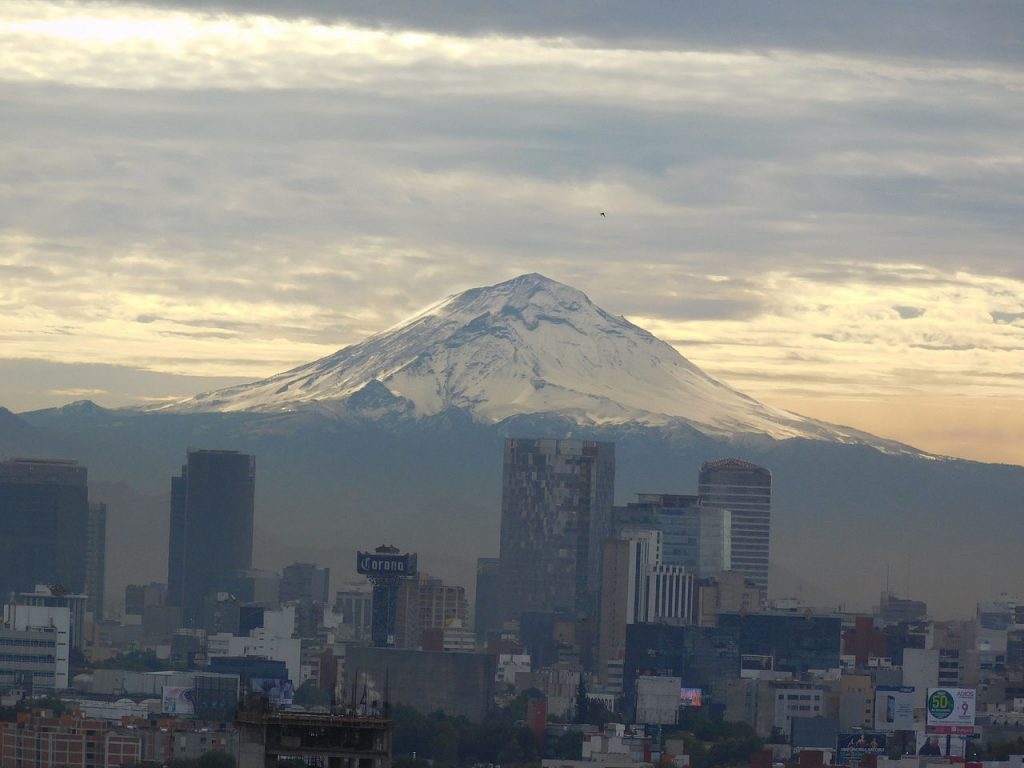
If you’re not here en route to one of the mountains (as in the photo above), you only need to take some minor precautions. Mexico City is high, but for most visitors, it’s not that high.
The best advice is to be aware that it is a high altitude location, and that you may experience some symptoms. Age, sex, or your level of physical fitness have essentially no bearing on your likelihood of experiencing some symptoms.
Altitude sickness usually occurs above 1,500 metres, and the effects becoming more severe as you go higher. At 2,240 meters, Mexico City is well above the limit, although lots of people visit with no symptoms of sickness at all.
As you go up in altitude, available oxygen for sustaining mental and physical alertness decreases. Air pressure is lower even though the percentage of oxygen in the air is essentially the same. Dehydration can aggravate matters as more water vapor lost from breathing.
But more importantly, the reason people feel sick is that more red blood cells are required at higher altitudes to deliver oxygen through the body. It takes about three months living at a high altitude to develop sufficient red blood cells so that you can do all the things you did at sea level, assuming you normally live much closer to sea level.
Symptoms of altitude sickness can develop between six and 24 hours after reaching altitudes above 3,000 meters (9,842 feet) above sea level. Mexico City is not quite that high, and so symptoms can take longer to develop, and they’re also not so severe.
The most common symptoms visitors experience are:
Symptoms for some visitors can tend to be slightly worse at night.
Sensitive individuals may want to consider travelling with medicines for altitude sickness:
The most important thing is to realize what altitude sickness is, …and then slow down.
Seven Centuries of Mexico-Tenochtitlan | Mexico City Alt-Travel Highlights